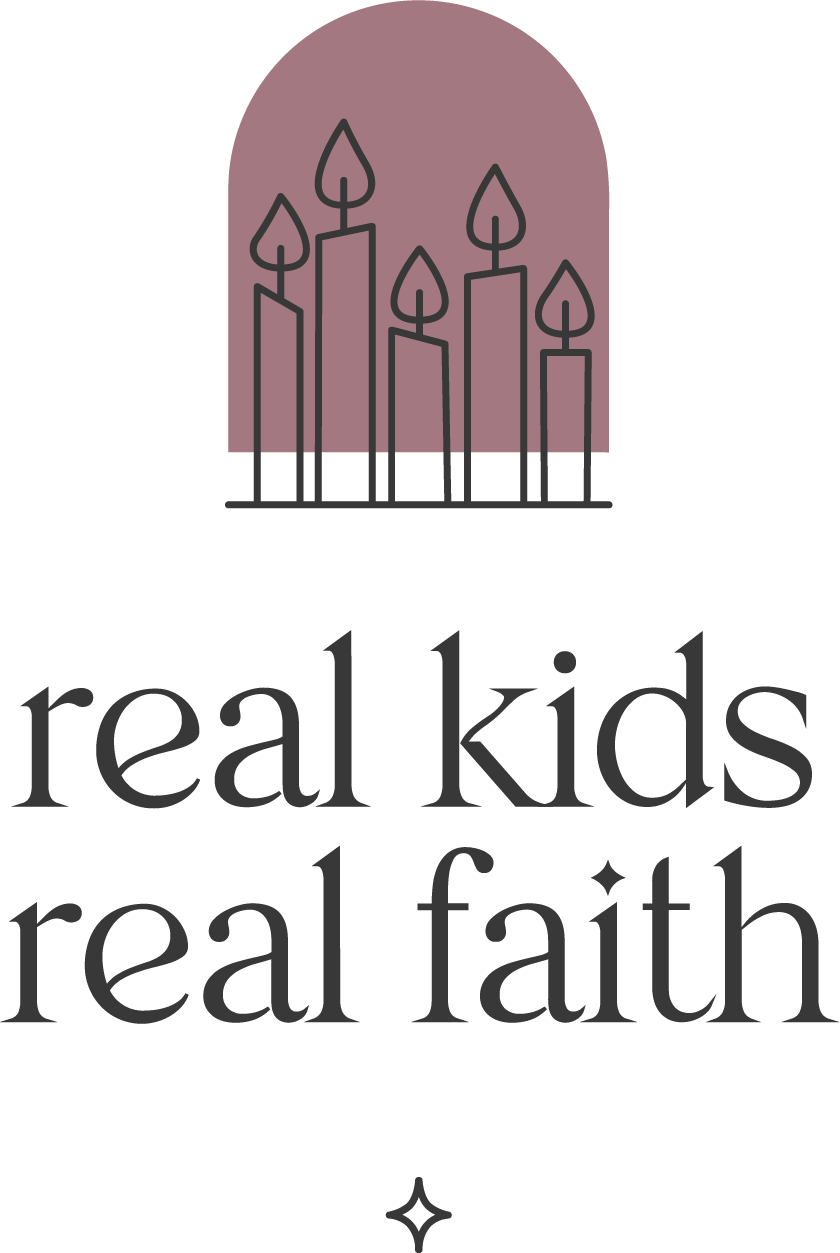When you imagine resilience in a child, what comes to mind? For some of us, it might be a young cancer patient who smiles at their caregivers while undergoing chemotherapy. For others, it’s a child who manages emotions like fear, sadness, frustration, and disappointment well. Still others see a kid who skins their knee learning to ride a scooter and then jumps back on to try again.
Few of us might imagine a child who struggles, tries various small things in response, and eventually settles on a workable strategy over time. Yet researchers say that this kind of everyday resilience is perhaps the most important kind to nurture in children.
Everyday resilience involves the use of recovery strategies. Psychologists view resilience as the ability to continue functioning at something close to your usual level when confronted with a challenge. It’s a kind of hardiness in the face of adversity. Yet most children (and adults) initially feel thrown by adverse situations. They may react negatively at first and be unsure what they should do next. They haven’t recovered from the shock of the difficult experience.
One way parents and caregivers can support recovery is by teaching children how to pay attention to their bodies. Talk with them about how stress and anxiety can manifest as stomach aches, headaches, tightness in the shoulders, jaw pain, and other physical symptoms. Show them how to scan their bodies by slowly passing their hands from their head to their feet and pausing along the way to ask themselves how their body feels in that region. Share information about how your own body reacts in adverse situations.
Another helpful recovery strategy is a breathing practice. There are many different types of breathing exercises that researchers say are effective. Rhythmic breathing involves inhaling and exhaling while counting so that each breath is the same length. Deep breathing focuses on breathing from the abdomen. Relaxation breathing links breaths with conscious relaxing of body parts. Try out several possibilities with children to find one or more types that feel comfortable and work for them.
Helping kids identify sources of communal support is a third recovery strategy. Experts agree that knowing who they can trust to help is essential to children’s wellbeing. During times of relative calm or everyday sameness, talk about the people who make up your family’s extended community. Identify various people who have various skills and aptitudes that could be useful in big and small crises. Listen to children’s ideas and affirm their preferences while also expressing your own.
Parents and caregivers can also help children by acknowledging problematic recovery strategies and suggesting replacements. Everyday resilience is undermined by claims of “I’m fine” when a child really isn’t okay. Ignoring or repressing stress and anxiety – keeping ‘a stiff upper lip’ – is also unproductive. And pouring energy into angry blaming and retribution scenarios can stall recovery and prevent kids from moving forward.
Related Resources
- Rethinking Resilience - John Templeton Foundation
- Breathing Practices for Stress and Anxiety Reduction: Conceptual Framework of Implementation Guidelines Based on a Systematic Review of the Published Literature - PMC
- Boosting Resilience with a ‘Helping Hand’ | RKRF
- Building Spiritual Resilience | RKRF
- Practicing Resilience & Resistance on Juneteenth | RKRF

Comments